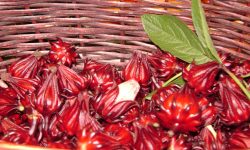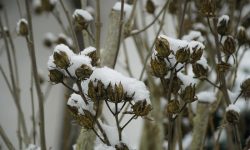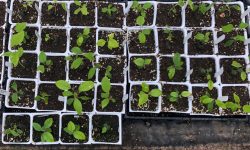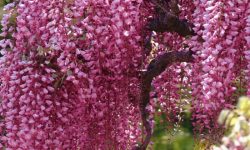Penstemon, often called beardtongue, is a versatile perennial cherished for its tubular flowers and ability to thrive in many garden conditions. Known for attracting hummingbirds and pollinators, penstemons bring both beauty and ecological value to any outdoor space. Gardeners appreciate their resilience, colorful varieties, and long blooming season, making them a staple in landscapes across different climates.
Caring for penstemon properly ensures you enjoy lush foliage and vibrant flowers year after year. From choosing the right soil and watering techniques to pruning and seasonal maintenance, every step contributes to healthy growth. This guide provides everything you need to know about how to care for penstemon, with detailed, practical advice to help your plants flourish and create a thriving, colorful garden.
Understanding Penstemon and Its Growth Habits
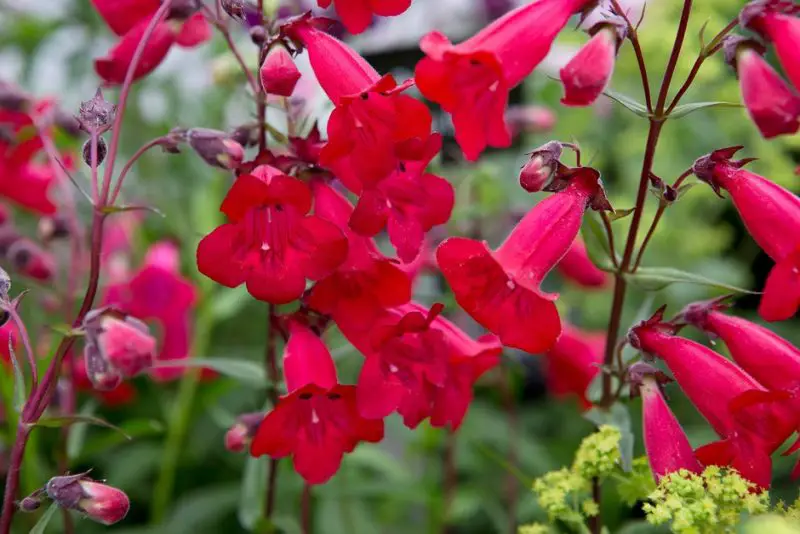
Penstemon is a diverse genus with over 250 species, ranging from low-growing ground covers to tall, upright varieties. Native to North America, these hardy perennials are adapted to a variety of environments, from arid deserts to mountainous regions. Their tubular flowers bloom in vibrant shades of red, purple, pink, blue, and white, offering not only visual beauty but also attracting bees, butterflies, and hummingbirds to the garden.
The growth habits of penstemon vary depending on the species and growing conditions, but most prefer well-draining soil and full sun exposure. They typically form clumps of upright stems, producing narrow, lance-shaped leaves that provide a lush backdrop to their colorful blooms. Some varieties thrive in rocky or sandy soil, while others adapt well to traditional garden beds, making them suitable for both wildflower gardens and more formal landscapes.
Penstemons are known for their long blooming season, often from late spring into summer, with some varieties continuing into early fall. Proper care ensures that plants remain vigorous and produce multiple flushes of flowers. Understanding these growth habits is essential for tailoring care practices, such as watering, fertilization, and pruning, to match the natural tendencies of the plant. With this knowledge, gardeners can maximize both the health and ornamental value of their penstemon plants.
Choosing the Right Location for Penstemon
Selecting the right location is one of the most important steps in successfully growing penstemon. These plants thrive best in areas that receive full sun for at least six to eight hours daily. Sunlight is crucial for strong stem growth, vibrant flower color, and extended blooming. While some varieties can tolerate partial shade, too little sun often results in fewer flowers and weaker plants.
Soil quality also plays a critical role in choosing the perfect spot for penstemon. They prefer well-draining soil that prevents water from pooling around the roots. Heavy clay or compacted soil can lead to root rot and other moisture-related problems. If your garden has poor drainage, consider amending the soil with sand or gravel, or planting penstemon in raised beds to improve conditions. This adjustment helps mimic their native environments, such as rocky hillsides and prairies.
Another factor to keep in mind is air circulation. Crowded planting areas or locations with poor airflow may encourage fungal diseases. Choosing an open area where breezes can move through freely keeps foliage dry and healthy. A location with proper sunlight, drainage, and air circulation ensures that your penstemon thrives year after year. By carefully selecting the right growing site, you set a strong foundation for long-lasting, colorful displays in your garden.
Soil Preparation and Ideal Conditions
Healthy soil is the foundation for strong and vibrant penstemon plants. These perennials prefer well-draining soil, as their roots are sensitive to excess moisture. Before planting, it is important to assess the natural texture of your soil. Sandy or gravelly soils are ideal because they allow water to flow through quickly, reducing the risk of rot. In contrast, heavy clay soils may need significant improvement to support penstemon growth.
To prepare the soil, begin by loosening it to a depth of at least twelve inches. This allows roots to expand freely and establish quickly. Adding coarse sand, gravel, or organic matter such as compost can improve both drainage and structure. Compost enriches the soil with nutrients while keeping it from becoming too dense. Avoid using materials high in nitrogen, as these can encourage leafy growth at the expense of flowers. Balanced preparation creates a soil environment that closely resembles the penstemon’s native habitat.
The ideal pH range for penstemon is slightly acidic to neutral, between 6.0 and 7.5. Testing your soil before planting helps determine whether any adjustments are needed. If the soil is too acidic, adding lime can help bring it closer to neutral. For soils that are too alkaline, incorporating organic material can lower the pH gradually. By preparing soil carefully and maintaining the right conditions, gardeners give penstemon the strongest possible start, ensuring vigorous growth and a long season of colorful blooms.
Planting Penstemon: Step by Step Guide
Choosing the Right Location
Selecting the right spot is the first and most important step when planting penstemon. These flowers thrive in areas that receive full sun for at least six hours a day. A sunny position encourages strong stems and vibrant blooms, while too much shade can result in weak, floppy plants with fewer flowers. Penstemon also prefers locations with good air circulation to prevent fungal problems and keep foliage dry.
Before planting, take time to observe your garden and identify where the soil drains well after rainfall. Avoid areas where water tends to pool, as soggy conditions can damage roots and shorten the plant’s lifespan. Garden beds with slight slopes or raised borders are often excellent choices. By carefully selecting the planting site, you create the foundation for healthy growth and a display of colorful blossoms that will last throughout the season.
Preparing the Planting Hole
Once the site has been chosen, the next step is preparing the soil and digging proper holes. Each planting hole should be twice as wide as the root ball but only as deep. This gives the roots room to spread and settle without being buried too deeply, which can cause rot. For heavier soils, mix in coarse sand or gravel to improve drainage.
Spacing is another key element in soil preparation. Plant penstemon at least twelve to eighteen inches apart, depending on the variety. Proper spacing reduces competition for water and nutrients while ensuring airflow between plants. This helps prevent diseases and allows each penstemon to grow vigorously. Careful preparation of the planting holes ensures the young plants adapt quickly, leading to faster establishment and stronger blooms.
Planting and Watering the Seedlings
After preparing the soil and holes, it’s time to place the penstemon seedlings or young plants into the ground. Gently remove each plant from its container, being careful not to damage the delicate roots. Position the plant in the hole so that the crown sits level with the soil surface. Backfill with the prepared soil mixture, pressing lightly around the base to eliminate air pockets. Avoid planting too deeply, as this can lead to crown rot, one of the most common issues with penstemon.
Once planted, water the seedlings thoroughly to help them settle into their new environment. A deep watering encourages roots to grow downward, building resilience against drought. Continue watering regularly during the first few weeks until the plants are well established. Afterward, reduce frequency to encourage drought tolerance, which penstemon naturally develops. Mulching lightly around the base can help retain soil moisture and regulate temperature without smothering the crown. With proper planting and watering, your penstemon will quickly adapt and begin to thrive.


